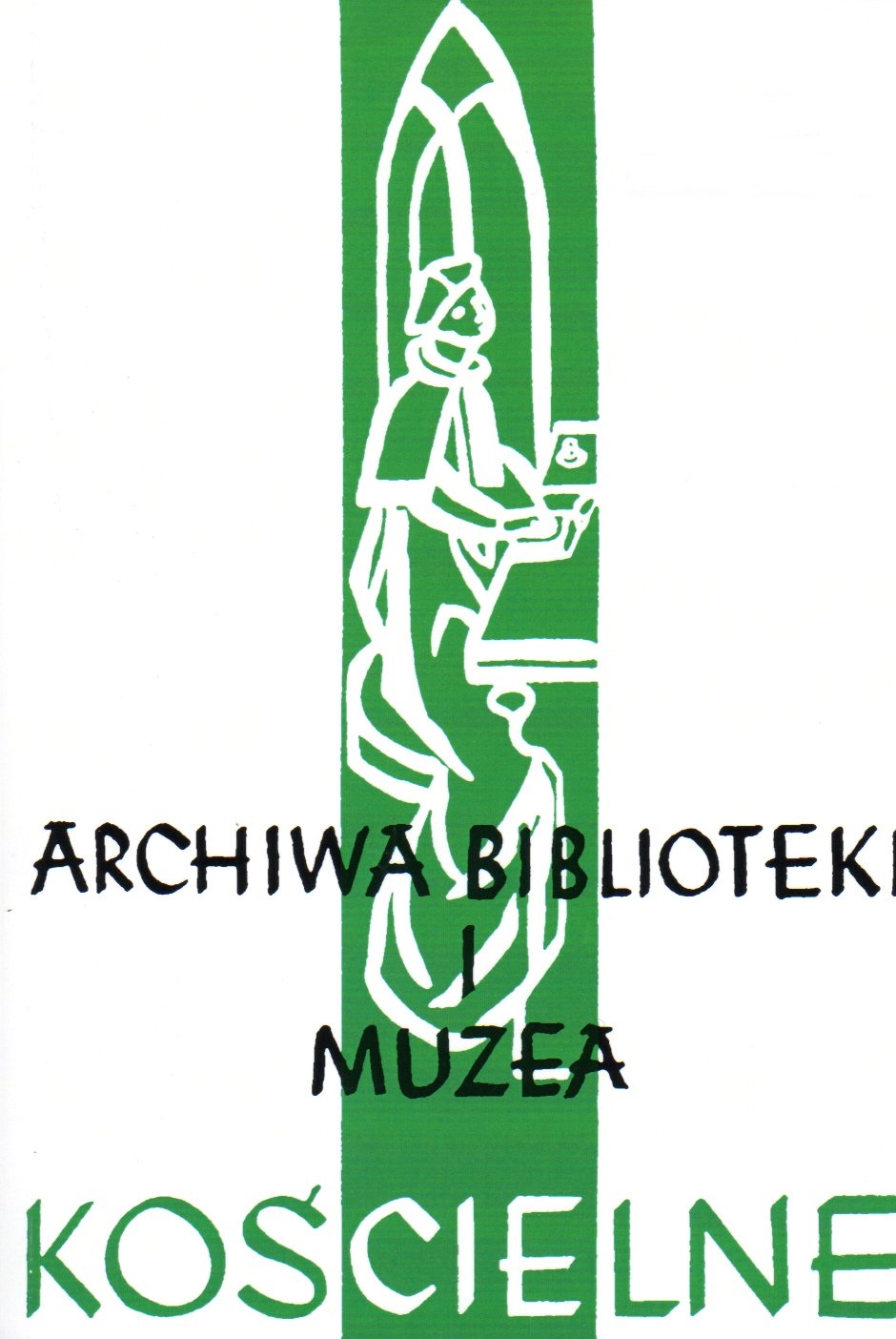Biskupi a bożogrobcy na ziemiach polskich w latach 1163-1819. Zarys problematyki
Bishops and Order of the Holy Sepulchre on Polish Lands in Years of 1163-1819. Overview
Author(s): Ryszard SkrzyniarzSubject(s): History
Published by: Katolicki Uniwersytet Lubelski Jana Pawła II - Wydział Teologii
Keywords: the Order of the Holy Sepulchre; commendatory provost; bishop
Summary/Abstract: In the first phase of bringing the Order of the Holy Sepulchre down to Poland in 1163, bishops of dioceses were founders and donors of the Order (Cracow Bishop Gedko, Plock Bishop Lapus) and acknowledged the foundations as the heritage left by their predecessors. In 15th Century they were Gniezno Archbishop Mikołaj Trąba and Kiev Bishop Michał Treska. Since 14th Century the assets belonging to the Order of Holy Sepulchre had been titbits for bishops, especially for the poorer dioceses but also for Cracow bishops (Piotr Gamrat). Conflicts arose from recruitment procedures conducted in the Order where bishops employed diocesan priests. Since 1567 or the establishment of the commendation, commendatory provosts, where bishops had been in majority, had contributed to moral decline of the Order. The positive conduct of Andrzej Batory and Maciej Łubieński exclusively stood out. Permanent disputes among bishops, the king, and the monastery for material benefits derivable from the Order’s assets, bad examples set by commendatory provosts, the lack of authority and authoritarianism resulted in the laxity of morals in the Order and concurrently accounted for the relaxation of discipline, violation of the rules and laws made by the Order, sloth, idleness, drunkenness and immorality. In 18th Century the attempts to reform the Order, made by the provosts, were insufficient and unsuccessful to control the status quo in the Order because of the bad example that came from the top.
Journal: Archiwa, Biblioteki i Muzea Kościelne
- Issue Year: 2013
- Issue No: 100
- Page Range: 327-340
- Page Count: 13

